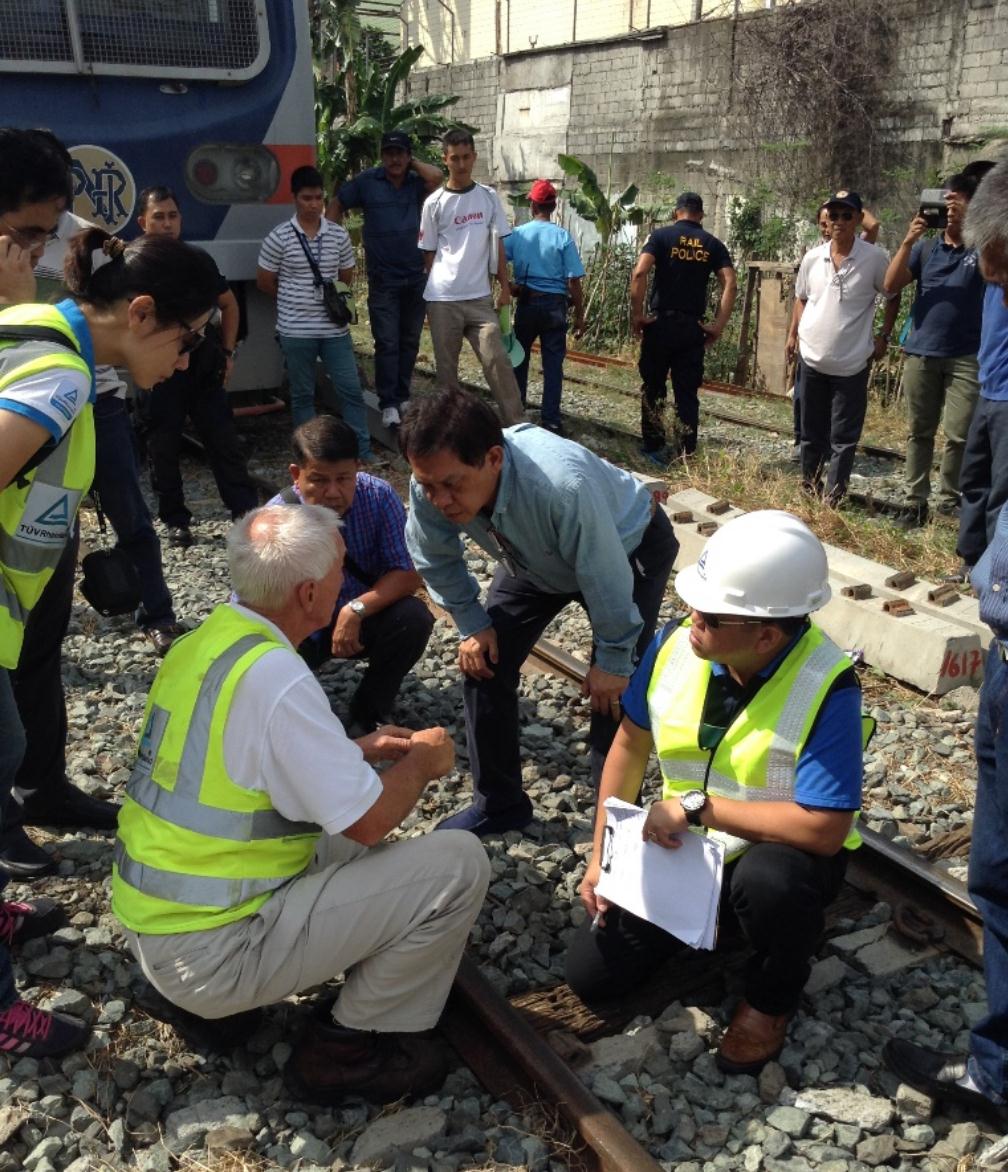Philippine president Benigno S. Aquino III signed the Foreign Ships Co-Loading Act on July 21 at a ceremony at Malacañang Palace, signalling significant modernization of the country’s cabotage policy and the first of an upcoming chain of reforms likely to make the Philippines a key point in the global supply chain.
The act amends the 50-year-old Cabotage Act. Aquino also signed into law amendments to the country’s competition law, which are expected to attract more foreign direct investment to the Philippines.
Under the foreign ships co-loading law, a foreign vessel arriving from a foreign port would be allowed to carry foreign cargo to its domestic port of final destination, after being cleared at the port of entry. The foreign vessel will also be allowed to carry foreign cargo by another foreign vessel calling at the same port of entry to the Philippine port of final destination of such foreign cargo.
This means that foreign ships can co-load foreign cargoes for domestic transhipment and are allowed to carry foreign cargo intended for export. Previously, vessels not flagged in the Philippines were only allowed to serve Manila and not local ports.
Exporter groups long keen to make moving goods easier and cheaper in the country have welcomed the move.
“The amended Cabotage Law will bring down shipping costs especially for exporters in Mindanao,” Sergio Ortiz Luis, president of the Philippine Exporters Confederation Inc (Philexport) said through the Philippines News Agency, the information arm of the Presidential Communications Operations Office.
Giving this reform extra bite is what is still to come, as other reforms, including more infrastructure under a new public-private partnership approach under legislation pioneered by Aquino, also start to affect the country.
In another significant – possibly even unprecedented – change, five bidders have submitted pre-qualification documents to modernize Davao Sasa Port, the Public-Private Partnership Center of the Philippines said in a statement.
The five are pulling in a lot of international expertise which, rather than the number of bidders, is the real story.
Of the five, three are local firms with international partners: Asian Terminals Inc, which is working with Dubai’s DP World; food, beverage and packaging company San Miguel Corporation, which is working with APM Terminals; and Portek International, which is partnered with the National Marine Corporation. The two stand-alone companies are Bollore Africa Logistics and International Container Terminal Services Inc (ICTSI).
 More significant still is the deal tendered by the Department of Transportation and Communication (DOTC) and the Philippine National Railways (PNR), under which the Philippines is to get a new railway – and not just a small, commuter line. Bids have been invited for the P170.7 billion (US$3.73 billion) South Line of the North-South Railway Project (NSRP).
More significant still is the deal tendered by the Department of Transportation and Communication (DOTC) and the Philippine National Railways (PNR), under which the Philippines is to get a new railway – and not just a small, commuter line. Bids have been invited for the P170.7 billion (US$3.73 billion) South Line of the North-South Railway Project (NSRP).
“This is our biggest project yet: the revival of the oldest rail system in Southeast Asia, beginning with the Manila-Legazpi section, plus additional branch lines totalling 653 kilometres,” said secretary of the DOTC Joseph Emilio Abaya.
It’s hard not to overestimate how significant a change this will be if it goes ahead, for while there is enthusiasm and interest, some 653 kilometres where previously there was none and a poor PPP environment to boot will make this a hard task. Still, the government is supportive, so that’s one challenge down.
“Rail systems are a driver for inclusive socio-economic growth. They encourage trade and business activity, and provide access to employment and educational opportunities. The PNR, once a symbol of the country’s economic progress, should be modernized into a safe, convenient, and efficient system by 2020,” Abaya added.
What is being offered is the design, construction, financing, operating, and maintenance of 56 kilometres of commuter services in metro Manila but, much more importantly, there is the 478-kilometre long-haul rail service for the Metro-Manila-to-Legazpi route.
If the line is built, it will effectively create not just a railway for the southern part of Luzon, the biggest island in the Philippines, but also a potential economic corridor. So far, the government is talking mostly of travellers, but economic reality will eventually prompt cargo needs to be factored in.
This corridor will have a 58-kilometre spur from Calamba, Laguna, to Batangas City, a port that handles overspill from Manila, and another 117-kilometre spur from Legazpi, to Matnog, on Luzon’s far southern tip.
By Michael Mackey
Southeast Asia Correspondent | Bangkok



